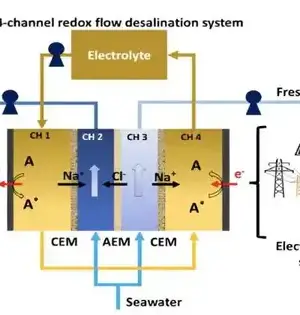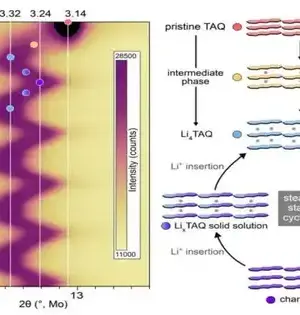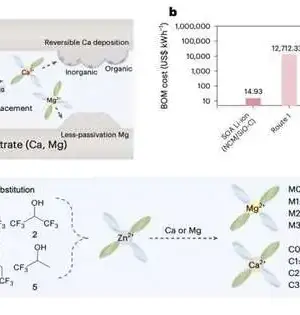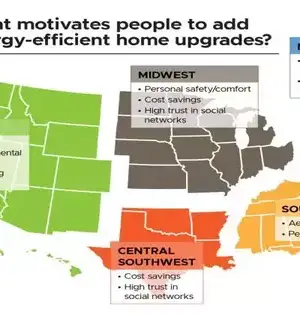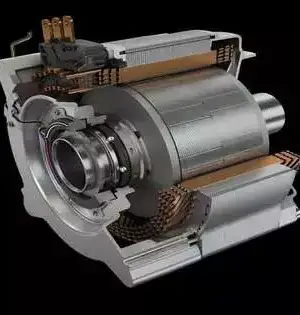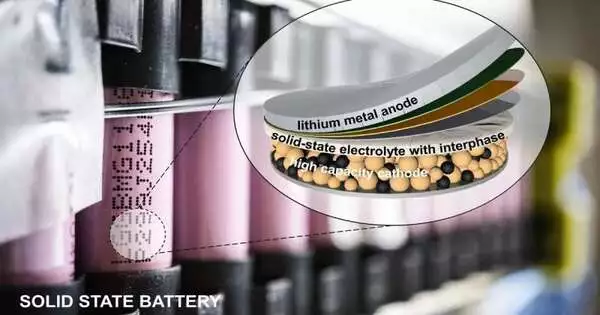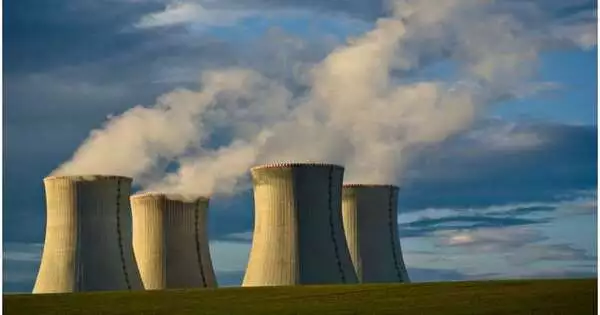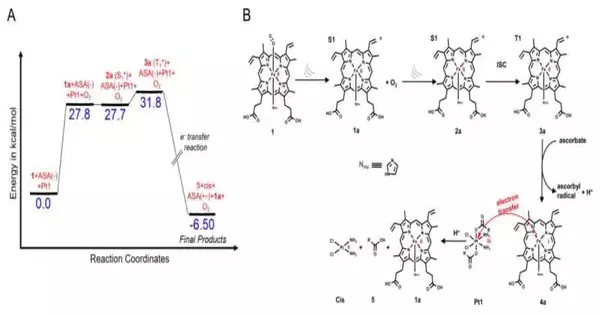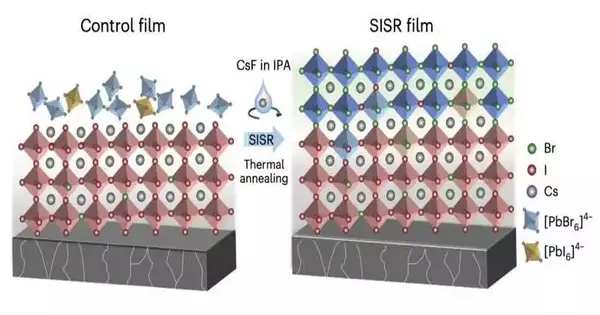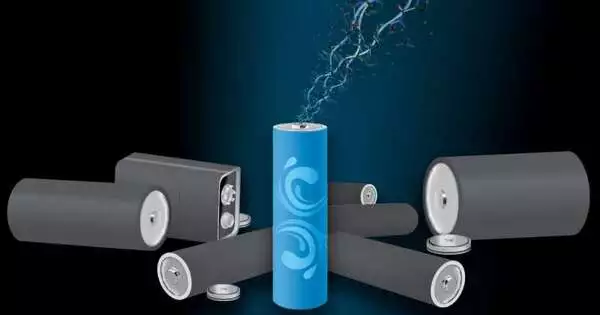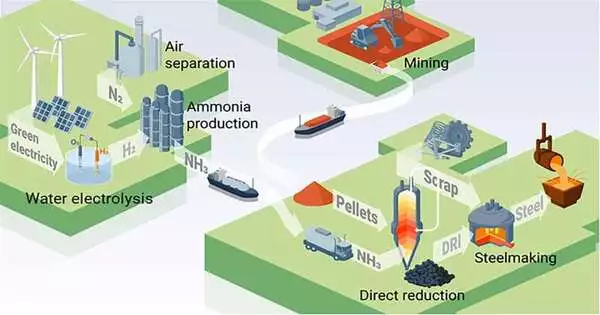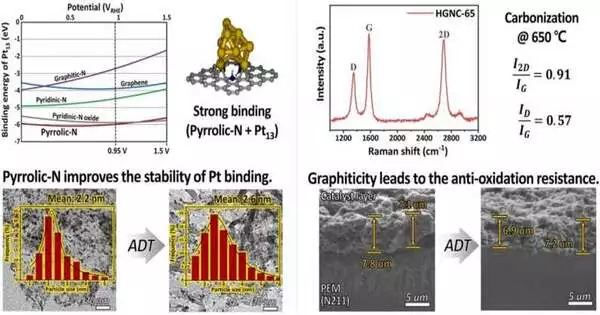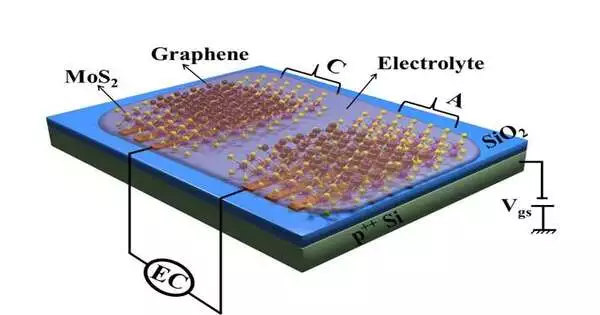Researchers from the University of Surrey, the National Physical Laboratory, and University College London have developed a new method to make solid-state electrolytes for solid-state batteries safer and more effective. This study may improve battery energy storage capabilities for use in mobile and electric vehicles. The researchers were able to stop a common issue known as "lithium dendrite growth" by adjusting the internal flow of electrons within the battery. The battery can short circuit or lose power as a result of small bits of lithium metal forming in this way. The team developed a special layer between the solid-state electrolyte
Energy & Green Tech
The economic effects of Russia's invasion of Ukraine in February 2022 were severe, driving up food and energy costs and having a negative impact on people and businesses all over the world. As a result, numerous governments, especially in Europe, have been debating the idea of lowering their reliance on Russian energy. The majority of these ongoing discussions are centered on fossil fuel energy in particular, which has led to the gradational implementation of sanctions for buying Russian coal, oil, and gas. But Russia also plays a significant role in the global nuclear energy market, particularly through Rosatom, a state-owned
About 12 percent of the total global energy demand comes from heating and cooling homes and businesses. A new study suggests that using underground water to maintain comfortable temperatures could reduce consumption of natural gas and electricity in this sector by 40 percent in the U.S. The strategy, known as aquifer thermal energy storage (ATES), may also help avoid blackouts brought on by high power demand during extreme weather conditions. "We need storage to absorb the fluctuating energy from solar and wind, and most people are interested in batteries and other kinds of electrical storage. But we were wondering whether
The development of photovoltaics (PVs) has recently shown all-inorganic perovskites to be very promising because they may be able to achieve greater thermal stabilities than hybrid perovskite solar cells made of both organic and inorganic materials. Despite any potential benefits, the majority of solar cells made entirely of inorganic perovskites have low energy conversion rates and short carrier lifetimes. Non-radiative recombination, a process through which charge carriers recombine and release phonons rather than photons, is largely to blame for the energy loss that results in these underwhelming performances. All-inorganic perovskite solar cells have so far been difficult to use in
The storage capacity of metal-free, water-based battery electrodes differs by 1,000%, according to researchers at Texas A&M University. These batteries are distinct from cobalt-containing lithium-ion batteries. The group's desire to study metal-free batteries stems from the need to have better control over the domestic supply chain because cobalt and lithium are imported. Battery fires would not occur thanks to this safer chemistry. In Nature Materials, chemical engineering professor Dr. Jodie Lutkenhaus and chemistry assistant professor Dr. Daniel Tabor have published their research on lithium-free batteries. Because it is water-based, Lutkenhaus claimed that battery fires would no longer occur. The cost
Everyone talks about hydrogen when it comes to sustainability and green steel. However, current methods of storing and transporting hydrogen necessitate high pressures and low temperatures, which are both expensive from an energy and financial standpoint. Ammonia is well known as a reliable hydrogen carrierinability and green steel. However, current methods of storing and transporting hydrogen necessitate high pressures and low temperatures, which are both expensive from an energy and financial standpoint. Ammonia is well known as a reliable hydrogen carrier. Ammonia is a strong candidate to replace hydrogen because, as demonstrated by Yan Ma and colleagues, it can be
Under the direction of Professor Jong-Sung Yu, the Department of Energy Science and Engineering at DGIST's research team has created a low-temperature method to create a highly graphitized carbon support that will significantly lengthen the life of hydrogen fuel cells. They anticipate that the study's findings will increase the likelihood of commercialization for use in drones, water electrolysis batteries, and fuel cells for cars. The research is presented in the Applied Catalysis B: Environmental journal. The need for environmentally friendly energy is growing, which is why hydrogen fuel cells are becoming more significant. As a result, research is being done
With no corrosive chemicals, high temperatures, or prior material sorting necessary, a recycling technique created by the Karlsruhe Institute of Technology (KIT) can recover up to 70% of lithium from battery waste. The technique combines mechanical and chemical processes and makes it possible to recycle any kind of lithium-ion battery at a low cost with minimal energy consumption. Communications Chemistry publishes the findings. We constantly surround ourselves with lithium-ion batteries. They are the most crucial energy storage systems for the quickly expanding electric mobility sector, as well as for the wireless power supply of laptops, smartphones, toys, remote controls, and
A novel ultramicro supercapacitor, a tiny device capable of storing a tremendous amount of electric charge, has been developed by researchers at the Department of Instrumentation and Applied Physics (IAP) at the Indian Institute of Science (IISc). It can potentially be used in a wide range of devices, including streetlights, consumer electronics, electric cars, and medical devices. It is also significantly smaller and more compact than current supercapacitors. Currently, batteries are used to power the majority of these devices. But these batteries only have a short shelf life because, over time, they lose their capacity to hold a charge. On
Water probably isn't at the top of your list of raw materials when you think about how to make electronic components. However, researchers from the University of Tsukuba used volcanic spring water in a recent study that was published in the Journal of Water Chemistry and Technology to assist in the production of the plastic that is an essential component of numerous contemporary technologies. Many current technologies' electronic parts are held together by plastic. One of these plastics is called polyaniline (PANI). There are clear advantages to using the most environmentally friendly solvent for PANI because millions of square meters
